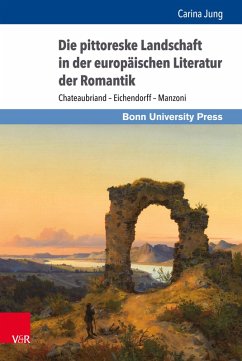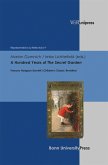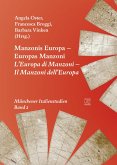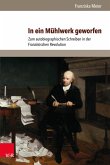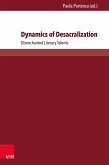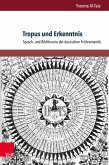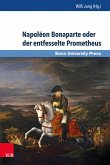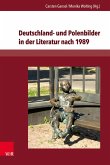Ende des 18. Jahrhunderts werden in ganz Europa Parkanlagen nach dem Modell des pittoresken englischen Landschaftsgartens gestaltet. Vielfalt, Natürlichkeit und Abwechslungsreichtum sorgen für ein besonders intensives Wahrnehmungserlebnis und machen den Landschaftsgarten zum Sinnbild für das Verständnis vom Menschen in der Moderne. Entsprechend bedeutend ist der Niederschlag der neuen Landschaftsästhetik in der Literatur der Romantik, wo sie im Medium des Textes eine besondere Reflexionskraft gewinnt. Carina Jung untersucht pittoreske Landschaftsdarstellungen im Werk dreier herausragender Vertreter der europäischen Romantik. In einem kunstvollen Spiel mit den Möglichkeiten der Sprache treten in den Beschreibungen François-René de Chateaubriands, Joseph von Eichendorffs und Alessandro Manzonis die Grenzen der menschlichen Erkenntnisfähigkeit und damit die Dynamik und Perspektivenvielfalt der modernen Lebensweise deutlich zutage.
At the end of the 18th century the English picturesque landscape garden proliferates all over Europe displacing the French formal garden. Expressing the ideas of liberty and individuality, it soon becomes a symbol of the modern concept of humankind and, accordingly, one of the most prominent and profound motifs of Romantic literature. This study examines descriptions of picturesque landscapes in the works of three eminent representatives of European Romanticism. Both Chateaubriand and Eichendorff as well as Manzoni reflect the position of modern self in a constantly changing, complex world through their use of the picturesque and it's play with perspective.
Dieser Download kann aus rechtlichen Gründen nur mit Rechnungsadresse in A, B, BG, CY, CZ, D, DK, EW, E, FIN, F, GR, H, IRL, I, LT, L, LR, M, NL, PL, P, R, S, SLO, SK ausgeliefert werden.

